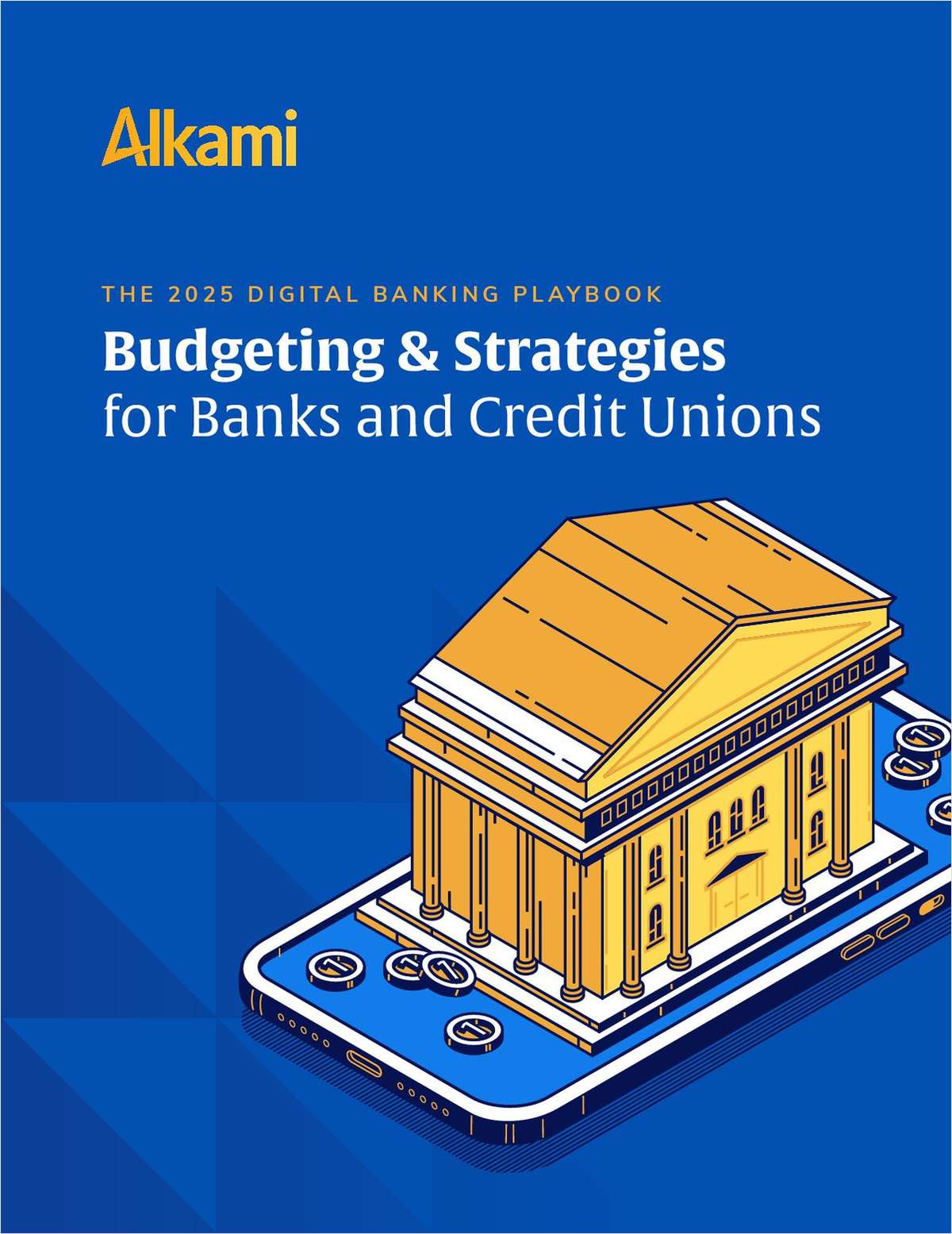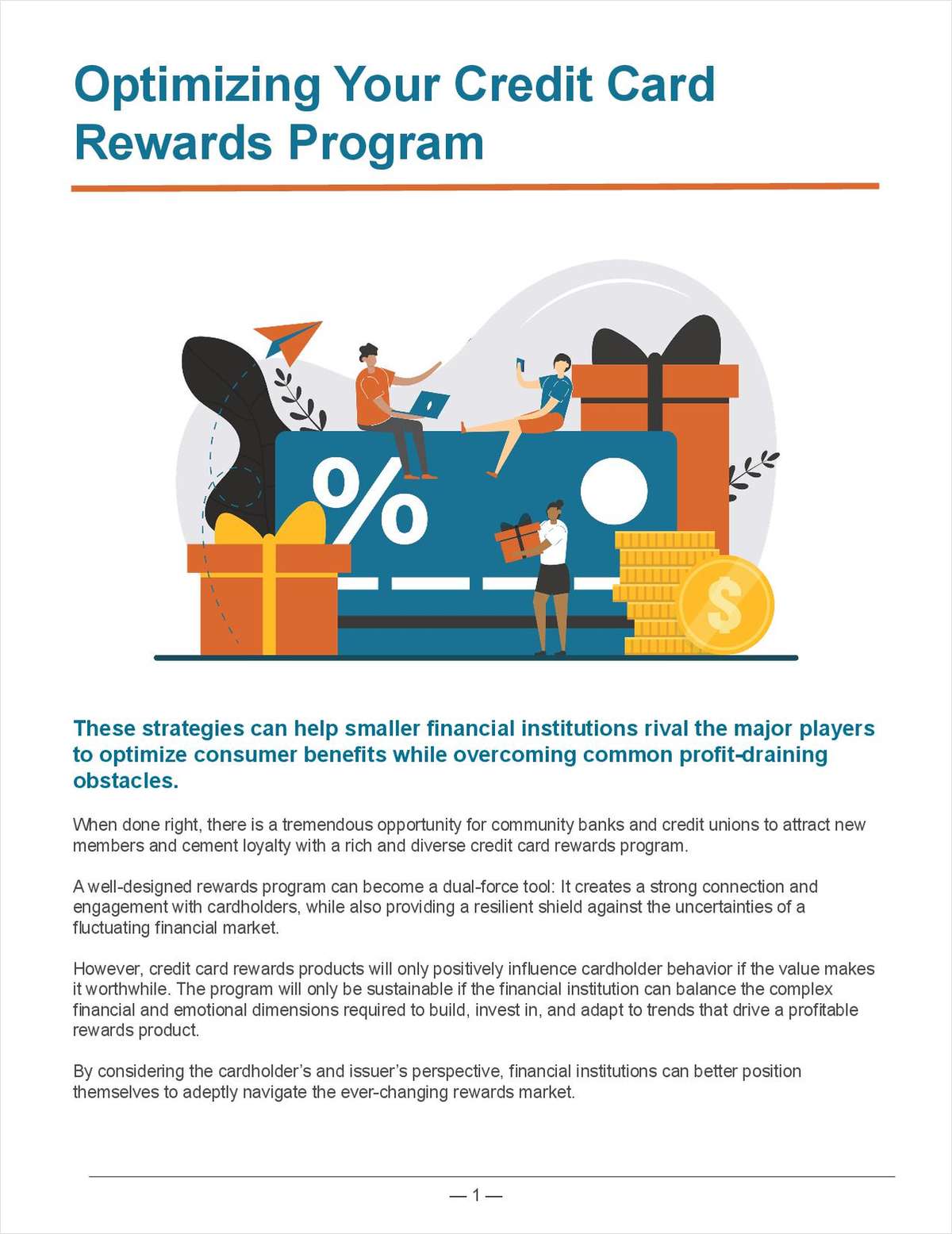In this year of the Olympics, I'm reminded there are many interesting parallels between the remarkable improvement in athletic performances over the years and the huge leap in performance expectations for corporate credit unions. In 1924, Paavo Nurmi of Finland won the 1,500 meters in Paris in a time of 3 minutes 53.6 seconds. At Athens this year, it's likely that the Gold Medalist in this year's 1,500 could conceivably run a time nearly 30 seconds faster. Just think. Paavo Nurmi, perhaps the greatest distance runner of his era, probably would finish a full 200 meters behind the winner of this year's race. Obviously, performance expectations in track and field have taken a quantum leap forward in 80 years. Like the performance expectations of Olympic athletes, performance expectations for the Corporate Network have taken a similar quantum leap. We too have had to elevate our performance and expectations bear little resemblance to those of 30, 20, and even 10 years ago. U.S. Central marks its 30th anniversary this month. On February 11, 1974, the day documents were signed creating U.S. Central, the expectation was that we would simply be a wholesale source of liquidity, an outlet for investments and a vehicle for international transactions. That limited role continued until the late 1970s and early 80s, when we began piloting an automated settlement program and offering securities transfer services to retail corporates. By this time the nationwide network of corporate credit unions had also been well established. But it had not been an easy process. Corporate credit unions trace their history to 1932, when Central Credit Union Fund was chartered in Massachusetts. In the 1950s, several states passed legislation permitting so-called "officers" credit unions that accepted deposits and made loans to and from multiple natural person credit unions. They effectively became central depositories for networks of credit unions within a given state. But despite the creation of these institutions, it would be a long process before anything resembling today's corporate credit union system would finally emerge. Credit union leaders met in late 1973 to begin the process of creating a state-chartered "central" depository institution. Their efforts led to the creation of U.S. Central a few months later. U.S. Central commenced operations in October 1974 and by the end of its first full fiscal year of operations had 26 member centrals, assets of $78 million and $187,459 in reserves. It had taken nearly 50 years for a national central credit union - first discussed by credit union pioneers Edward A. Filene and Roy F. Bergengren in the 1920s - to take root and begin growing. This year, as we mark our 30th anniversary, U.S. Central is a much different institution from the one that first opened its doors in 1974. In addition to our traditional role as aggregator and provider of liquidity, U.S. Central today provides a host of investment, payment, technology and correspondent services to the corporate credit union system. There are many complex demands in fulfilling each of those roles. For example, in the area of asset/liability management, U.S. Central is expected to provide attractive risk-adjusted returns on our member corporates' investable funds, while adhering to the highest standards of safety and soundness. In its role as wholesale aggregator, U.S. Central currently handles about 46% of the Corporate Network's investable funds. At year end, over 93% of U.S. Central's $20 billion long-term investment portfolio was in "AAA" rated securities. Building capital through investments benefits the entire Corporate Network. A strong capital position allows U.S. Central and the Corporate Network to provide liquidity on demand and fund the development of capital-intensive payment and technology systems that benefit the entire credit union movement. U.S. Central and the Corporate Network serve as the supporting infrastructure for credit unions from Maine to Hawaii. Though largely unseen, U.S. Central is the critical connection point for members needing efficient processing of huge transaction volumes each day, ranging from the processing of shares and certificates to settlement and wire transfers. Wire transfers alone totaled more than $1 trillion in 2003 and included international wires processed in more than 90 foreign currencies. We certainly weren't doing that 30 years ago! We continue to elevate our performance. For example, today, credit unions can take advantage of a same-day automated settlement system that was pioneered by corporate credit unions and has been constantly updated and improved with each passing year. Recently automated settlement added functionality to allow corporates to post their credit union ACH activity through a NACHA formatted file. Coming enhancements include an auto reconciliation program for corporate share drafts that corporates can offer to credit unions and the ability for corporates to offer a positive pay program. In 2004, we look forward to the challenge of meeting today's higher expectations. We do so while remembering why credit unions came into existence in the first place. so that people of modest means would have an institution they could turn to that would be truly interested in helping them improve their daily lives. But since the days of Filene and Bergengren, both corporate and natural person credit unions have faced outright antagonism and opposition from well-entrenched competitors (primarily banks) who have sought to block their development at every turn. That fight continues to this day and U.S. Central is committed to providing any and all "behind-the-scenes" support necessary to preserve the crucial gains that credit unions have fought so hard to win over the years. Track and field athletes have improved their performances over the years through new training techniques that were not imagined 80 years ago. They are running times and leaping distances that would leave athletes of yesterday shaking their heads in wonder. Like today's athletes, the Corporate Network has found ways to improve its performance through new technology systems, better business processes and a host of new products and services developed through intensive research and development. It seems like there is a new announcement every week about a new value-added product or service being delivered by the Corporate Network. The growth and success of the Corporate Network mirrors that of the credit union movement at large. The Corporate Network is more relevant today than ever before. We are running much faster than we ever thought possible 30 years ago. We have made the quantum leap and are prepared to compete in the 21st Century.
Complete your profile to continue reading and get FREE access to CUTimes.com, part of your ALM digital membership.
Your access to unlimited CUTimes.com content isn’t changing.
Once you are an ALM digital member, you’ll receive:
- Breaking credit union news and analysis, on-site and via our newsletters and custom alerts
- Weekly Shared Accounts podcast featuring exclusive interviews with industry leaders
- Educational webcasts, white papers, and ebooks from industry thought leaders
- Critical coverage of the commercial real estate and financial advisory markets on our other ALM sites, GlobeSt.com and ThinkAdvisor.com
Already have an account? Sign In Now
© 2025 ALM Global, LLC, All Rights Reserved. Request academic re-use from www.copyright.com. All other uses, submit a request to [email protected]. For more information visit Asset & Logo Licensing.









